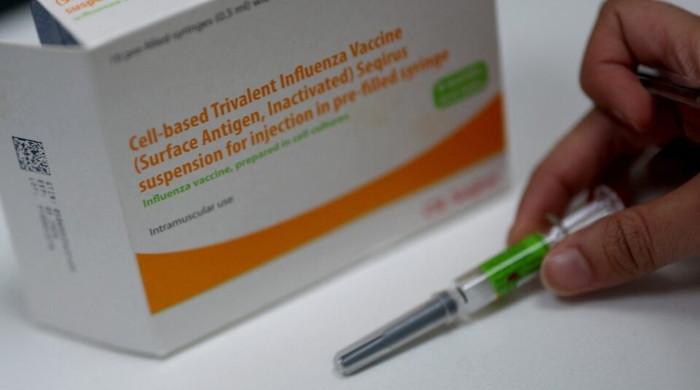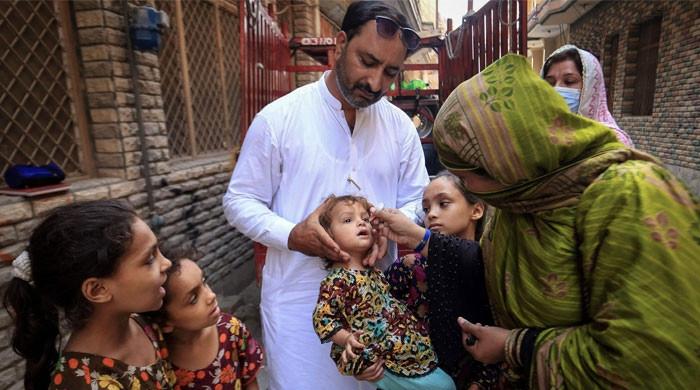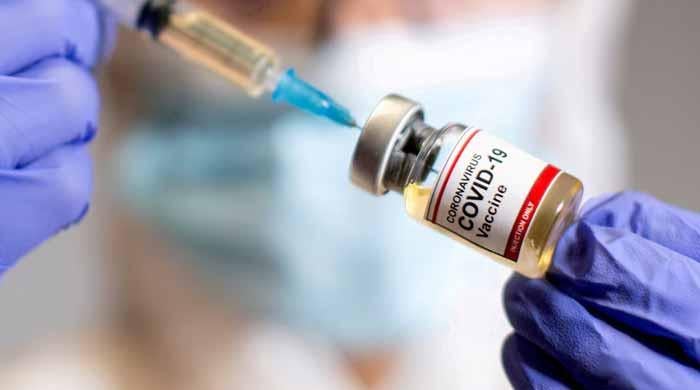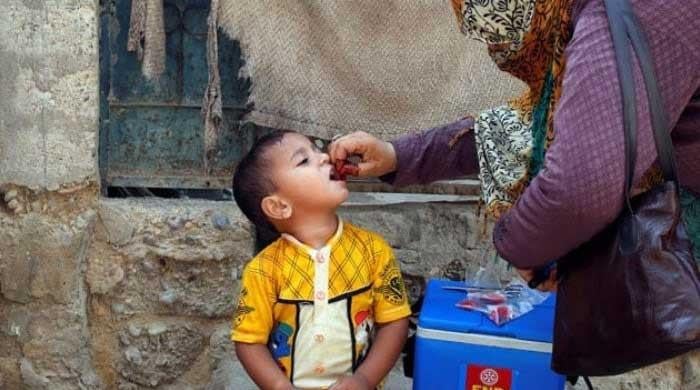How many lives did coronavirus vaccines save?
As COVID cases rise once again globally, it is important to remember that vaccines played effective role in curbing pandemic
June 24, 2022
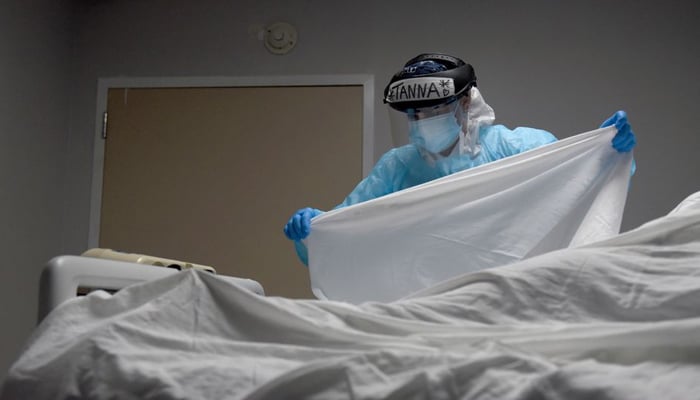
As the deadly coronavirus rears its head once again across different parts of the world, it is important to remember that COVID-19 vaccines played an effective role in curbing the pandemic and saving lives.
Alliance For Science, citing a study published June 23 in The Lancet Infectious Diseases journal, reported that vaccines prevented around 19.8 million deaths, while over 3.5 million COVID-19-related deaths have occurred globally since the first vaccine was administered.
The study used mathematical modelling to quantify coronavirus vaccines’ impact in 185 countries and territories for a year between December 8, 2020 — “the day the first jab was administered outside a clinical trial” — and December 8, 2021.
The study found that the vaccines averted 80% of deaths and indirect protection through collective vaccination worked for the rest of the people.
“COVID-19 vaccination has substantially altered the course of the pandemic, saving tens of millions of lives globally,” the authors of the study wrote.
“More lives could have been saved if vaccines had been distributed more rapidly to many parts of the world and if vaccine uptake could have been strengthened worldwide.”
“From mid-2021 onwards those countries with access to plentiful vaccine supply opted for mass vaccination of the adult population, later including children and subsequent boosting to maintain high levels of protection given the waning in vaccine efficacy and the emergence of new variants of concern,” the authors added.
“This approach has resulted in vast inequalities in global vaccine distribution.”




